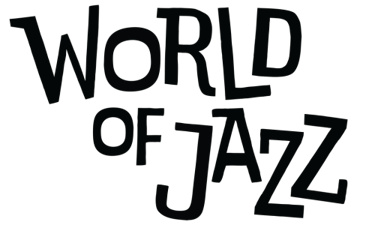What is Solo Jazz?
What are Authentic Jazz Dances?
Solo Jazz is the improvised, rhythm-based form of Authentic Jazz danced without a partner. It uses a wide vocabulary of footwork and movement that responds directly to the music. Dancers often combine traditional steps with their own styling to create something personal and expressive. You’ll see Solo Jazz in jam circles, choreography, or freestyling on the social dance floor.
Lindy Hop is the partner dance within the Authentic Jazz tradition. It blends rhythm, connection, and improvisation into a playful and expressive style. Dancers alternate between dancing together in close hold and breaking away to improvise on their own. Its most iconic move, the swing-out, gives Lindy Hop its signature flow and energy.
What is Lindy Hop?
Learn more about our courses
Authentic Jazz, also known as vernacular jazz or jazz roots, refers to a vibrant family of dance styles that developed alongside early jazz music in African American communities in the United States, particularly during the 1920s to 1940s. These dances were born in ballrooms, on street corners, and in nightclubs, deeply connected to rhythm, improvisation, and individual expression.
Unlike modern jazz dance (which is often associated with Broadway or technical dance schools), Authentic Jazz is grounded in social dance traditions. It's energetic, playful, expressive and always connected to the music.
Today, the most widely known Authentic Jazz dances are Solo Jazz and Lindy Hop. Both are joyful, improvisational, and deeply musical, encouraging connection with the rhythm, the music, and the community. At World of Jazz, we honour this rich tradition while making it accessible, welcoming and fun for dancers of today.
Origins and cultural roots
Authentic Jazz is rooted in African American dance traditions, with influences from African rhythms, European partner dances, and the experience of Black communities in America. It emerged in a time of cultural fusion, resistance, and celebration... especially during the Harlem Renaissance. Many of these dances became part of popular culture through films, stage shows, and iconic performers, but their roots remain in Black social dance and jazz music culture.
Improvisation
Rhythm
Individuality
Why learn Authentic Jazz?
Authentic Jazz is more than a set of dance steps... It’s a way to connect with music, history, and yourself. It sharpens your musicality, improves coordination and confidence, and gives you tools to improvise with flair. For Lindy Hoppers, learning solo jazz deepens your understanding of swing rhythm and helps you become a more versatile and expressive dancer.




